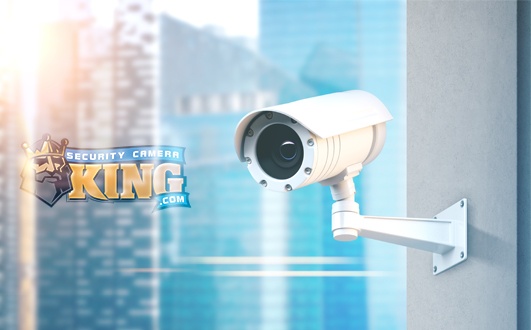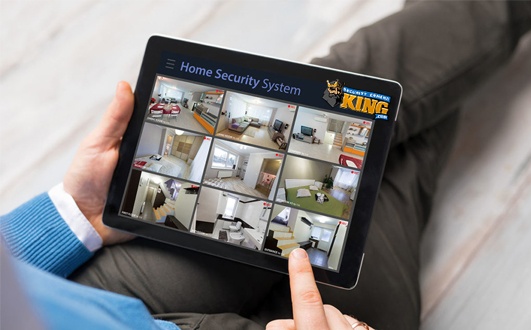Deciding on the right security camera system for your home or business is definitely an important decision. Another important decision is how you will be installing your surveillance system. Will you be using COAX cable, twisted pairs, or maybe even no cables at all? Sure, the thought of a wireless security camera system conjures up images of the easy life. It seems that everyone would have security cameras if they could all be installed without wires. So, why aren’t all surveillance systems wireless?
It would simply be much easier to install your security cameras if there was no worry about wires, but the truth is that wireless security cameras are not as dependable as wired cameras. Sometimes wireless cannot be avoided and in those cases there are some dependable solutions. First, I recommend you do everything possible to avoid wireless security cameras. Make sure to consider all of your options. If there is just no other way, then it is time to look at wireless options. There are basically two main forms of unlicensed wireless technologies that can be used with security cameras.
Analog wireless is one solution. This technology usually works in the 900mhz, 2.4ghz and 5.8ghz bandwidth. These wireless bandwidths are prone to interference from many of today’s household appliances such as microwaves, wireless phones etc.. In general, unless there is direct line of site, there is a very limited distance for the receiver and transmitter to work correctly. However, if you can get a direct line of site without any obstacles between the transmitter and receiver this solution can work. To use this solution, you will simply mount the cameras, connect the video output to the video input of the wireless transmitter, then if mounted outdoors, place the transmitter in a weatherproof junction box. Next, mount the wireless receiver so that it has direct line of site to the transmitter and connect the video output to the cable and run your cable directly to the video input on the back of the DVR. With this set up you can usually run quite long distances depending on the amperage of your wireless transmitter.
The next option is to use standard wireless Ethernet. This uses the 802.xx B,G,N bandwidths. With this option you can usually get longer distances without line of site and since many homes and business already have a wireless internet network, this solution should easily fit in. This is not the cheapest solution, but it will be more reliable in most cases. Using this solution with a digital security camera system is a little different to set up. Let’s assume that you are installing the system in your home and you cannot get cables run between the floors. Basically, you will set up 2 DVRs. The first DVR will go upstairs. It really doesn’t matter where. Just place it somewhere most convenient for all the upstairs cables. Now install all your upstairs cameras as you normally would and the connect the DVR to a wireless access point. This access point will be configured to connect to your wireless network. Now, you will set up your downstairs DVR and connect it to all your cameras downstairs. Next, connect this DVR to a wireless access point or just plug it into your network. Now, install the client software on any PC in your home and configure the software to connect to both DVRs. Now, from this PC, or any other PC where you install the client software, you can connect to both DVRs at the same time, basically as if they were one system. The client software will allow you to do all functions of the DVR. You can view live video, recorded video, download video, configure your DVR and more all remotely.











